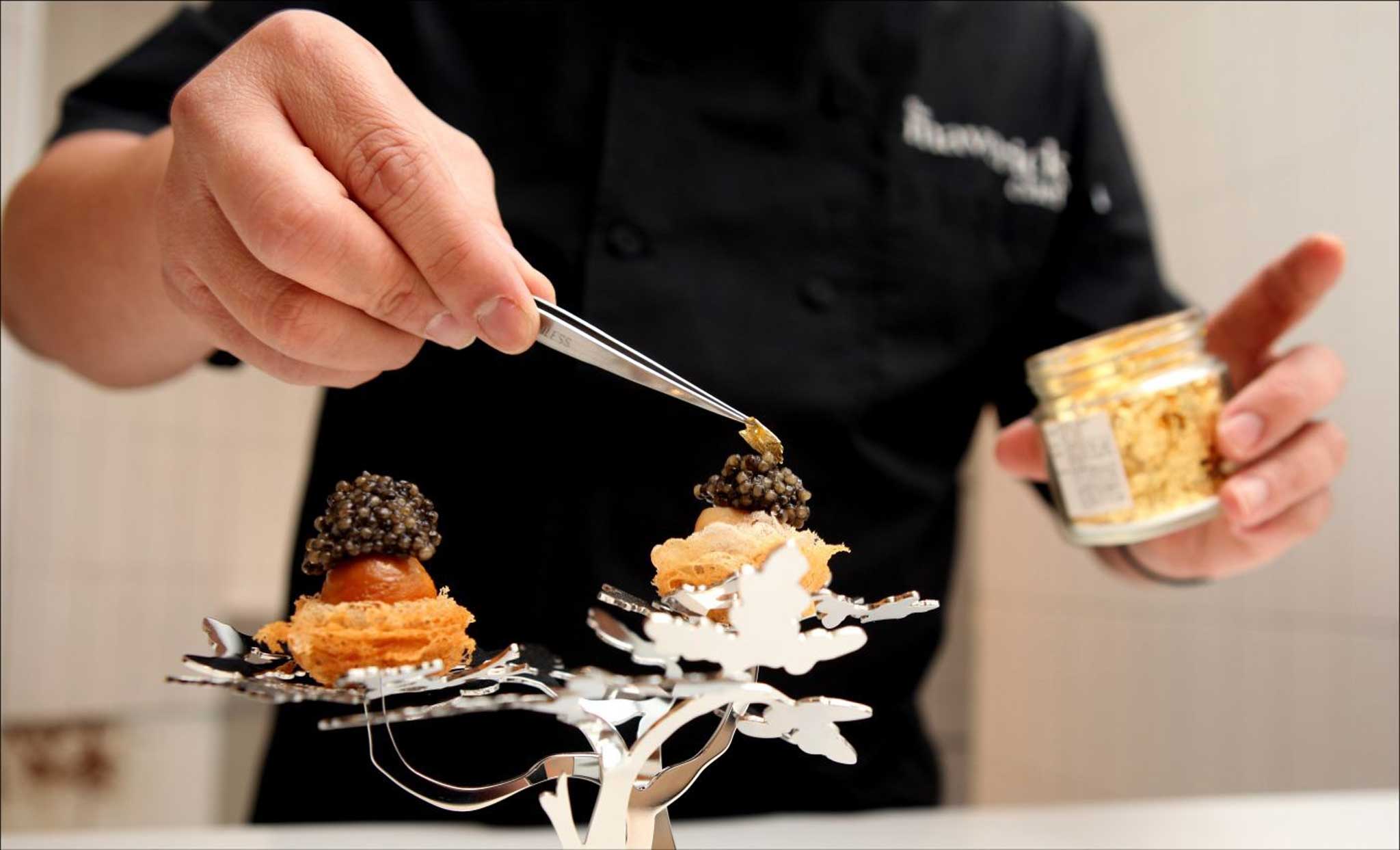The Independent's journalism is supported by our readers. When you purchase through links on our site, we may earn commission.
The science of flavour combinations: explaining caviar and chocolate
Research exploring the 'food pairing' hypothesis reveals the shared chemical compounds that make flavour combos pop

The rules of combining flavours seem, on the surface, more of an art than a science. Some pairings seem universal in their appeal (strawberry and cream for example) whilst others don’t spread much beyond a specific culture (America’s love for ‘peanutbutter and jelly’ sandwiches for example).
New research however, has tried to find out what chemical rules might underlie our culinary predilections. Published in Nature, the paper aims to determine “whether there are any general patterns that determine the ingredient combinations used in food today or principles that transcend individual tastes and recipes.”
This ‘food pairing’ hypothesis has been used by the scientifically-inclined chefs to search out novel combinations, with the paper citing the pairing of white chocolate and caviar as an example.
Although the two do not seem natural bedfellows, there is some appeal in serving them together as they both contain “trimethylamine and other flavor compounds”.
In order to better visualise the research, Scientific American have created an interactive chart showing all the various chemical links between foods. Each blue dot represents one of 381 different ingredients, split between fourteen categories including ‘alcoholic beverage’, ‘fish or seafood’, ‘plant’ and ‘spice’.
The size of the dot shows how popular the food is (how often it appeared in the sample database of recipes) and the red lines indicate similar chemical flavour compounds. Foods at the top of the page are similar to lots of others, ones at the bottom of the page are unique in their flavour.
Click here to explore the graphic and decide whether your next dessert should pair white wine and cheese, or black tea and celery.
Subscribe to Independent Premium to bookmark this article
Want to bookmark your favourite articles and stories to read or reference later? Start your Independent Premium subscription today.

Join our commenting forum
Join thought-provoking conversations, follow other Independent readers and see their replies